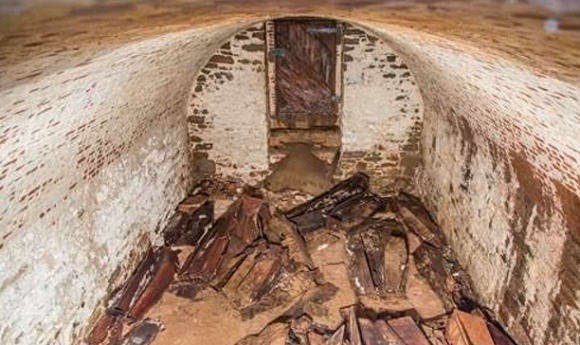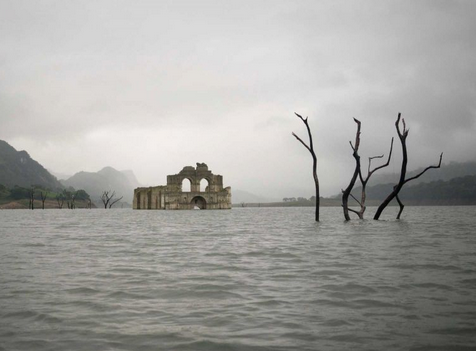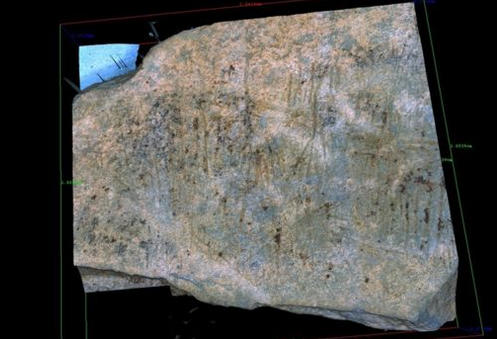The dead beneath the city
Oh, what lurks below…
“Human remains and gravestones periodically turn up around New York, and some estimate there are thousands of dead beneath the city. Bryant Park was similarly used as a potter’s field in the 19th century.”
Two centuries-old tombs unearthed beneath historic New York City park
(The Guardian)
The tombs, which city archaeologists knew existed but were unsure exactly where, were discovered during a water main dig and are about two centuries old
“City workers have discovered two burial vaults underneath Washington Square Park in New York City, uncovering the remains of at least a dozen people interred around two centuries ago.
Contractors for the city department of design and construction (DDC) uncovered the first vault on Tuesday, during excavations to replace a century-old water main on the east side of the park, in the heart of bustling Greenwich Village. The workers called an archaeologist contracted by the city, who opened a way into the chamber only 3.5ft beneath the sidewalk.
Inside they found an arched brick chamber with skulls, femurs and other bones littered on the dirt floor.
The first vault was actually a rediscovery: power company ConEdison first uncovered the vault in 1965, finding 25 skeletons inside. Before this week’s excavation archaeologists knew the tomb existed, but were not sure where thanks to the company’s poor record-keeping….”
For the rest, click here.
Share


